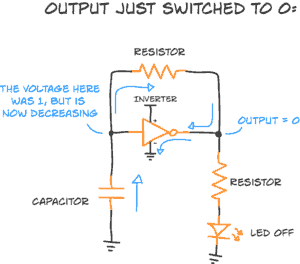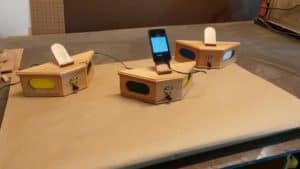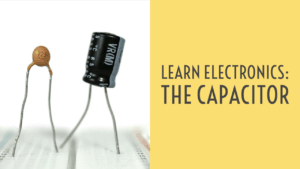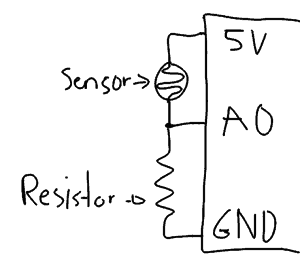
“what you hear, you forget.
what you see, you remember.
what you do, you understand.”
I’m not sure who first wrote that.
But there’s a lot of truth in it.
I want you to understand electronics.
Not just memorize some facts.
But what does it take?
Doing.
You can read about how to make a light blink.
Later you forget.
You can see a video of it.
Then maybe you remember.
Or you can sit down and build a blinking light circuit.
And you’ll understand.
You won’t necessarily understand everything about it.
But there will be some “aha”-moments that will give you an understanding you will never get by just reading.
So, build circuits.
Fix errors when it doesn’t work.
And keep stretching your understanding.
Not sure where to start?
That’s what I made Ohmify for:
To help you build your own inventions with electronics – even if you have no experience from before.
I’ve put together a learner’s package for Christmas.
If you join as a yearly member before the end of the year, you’ll get six ebooks for free + a starter’s component kit shipped to your doorstep.
Learn more here:
(BTW – the six ebooks are also available to current members. You’ll find them in the Library section)
Keep On Soldering!
Oyvind @ build-electronic-circuits.com
Copyright Build Electronic Circuits




